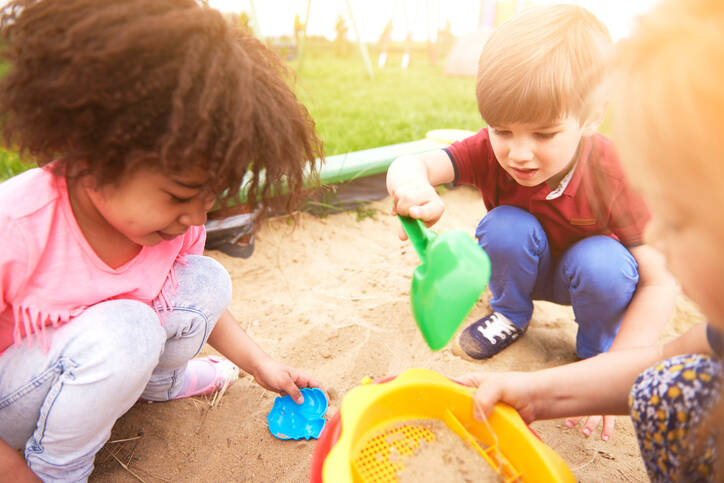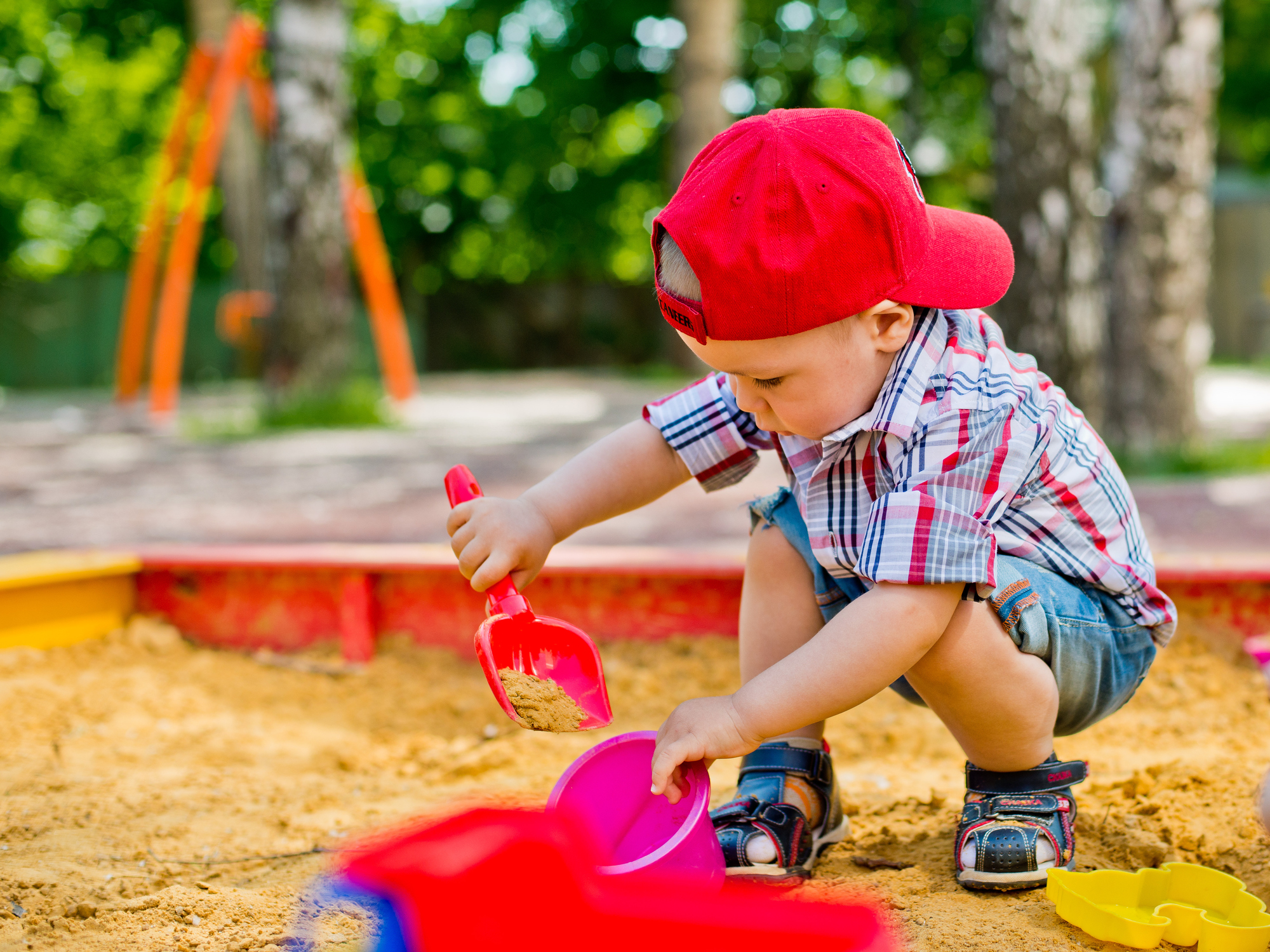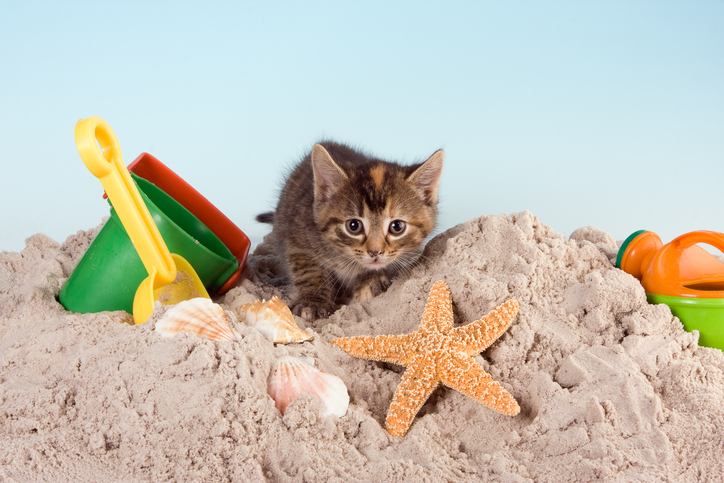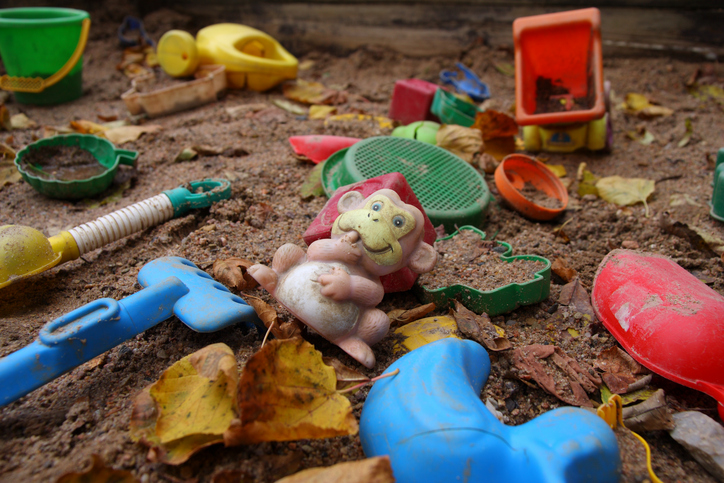Children's sandbox as a possible health risk?

Activities in children's sandpits are one of the most popular activities for children. Shaping sand or building sandcastles develops not only their imagination but also their fine motor skills. However, there are also health risks for our little ones.
Article content
Ideally, sandpits should be regularly cleaned, raked, raked over and watered with fresh water.
The sand should not exceed a certain amount of microbial and parasitic contamination.
Positive effects of sandpits on children
Playing in the sand is also an exercise of fine and gross motor skills for the child. The child learns to catch and move objects, and trains hand and body coordination.
By building sandcastles, the child builds self-confidence.

Playing in the company of other children develops their social skills. They learn to communicate, help, cooperate or defend their own space and interests while playing together.
What is at risk for children in the sandbox
Health hazards may result from microbial or parasitic contamination. Alternatively, there may be risks from mechanical damage or chemical irritation.
Read also the magazine article.
Microbial and parasitic threats
This includes a very wide range of microorganisms. The causative agent is usually a sick animal, but it can also be a sick human carrier.
Interesting fact: The most common source of parasites in the sand is cat and dog excrement.
Enterobiasis is a disease caused by the childhood roach (Enterobius vermicularis). It enters the body through the child's mouth via dirty hands. It survives in the intestine.
At night, the female travels out through the rectum, where she lays her eggs in the vicinity of the anus. Typical symptoms are abdominal pain and itching in the rectal area.
The causative agents of toxocariasis are Toxocara canis and Toxocara cati. It is a parasitic disease of dogs and cats, transmissible to humans. It enters the body from the excrement of an infected animal, also by putting dirty hands in the mouth of a child.
Symptoms are nausea, vomiting, fever, abdominal pain, and possibly skin rashes. If the agent enters the respiratory system, it can cause inflammation of the airways.
Toxoplasmosis is a disease caused by Toxoplasma gondii. Its main carrier is the cat. It enters the body through the faeces of infected animals, which contain many eggs. These are able to survive in the external environment for a long time.

Symptoms are fatigue, headache, temperature, enlargement of the cervical lymph nodes. During pregnancy, it can cause severe damage to the fetus.
Salmonellosis is caused by bacteria of the genus Salmonella. The manifestations of the disease are abdominal pain, increased temperature, diarrhoea and vomiting.
Tapeworms (ascariasis) belong to a family of helminths that parasitise mainly mammals and birds. The disease they cause is also popularly known as roundworm. Transmission is mainly by sucking and licking objects or ingesting food that has been contaminated with parasite eggs. These eggs develop into adults in the intestines.
Symptoms are manifested depending on the location where the helminths settle. If they are found in the small intestine, the main symptoms are abdominal pain, diarrhoea and vomiting. If they reach the lungs, coughing up mucus or even blood is typical. Increased temperature and even fever are common.
Giardiasis (lambliosis) is caused by the parasite Giaria lamblia. It is a unicellular organism and most often parasitises the small intestine. It is transmitted to humans from animals via contaminated food or water.
In about two-thirds of infected children, it goes unnoticed and without symptoms. Otherwise, it may present with diarrhoea, inappetence, weight loss, bloating or abdominal pain. The disease often resolves itself.
Interesting: information about diseases and their transmission from animals to humans can also be found in the article.
Risks from mechanical injuries
If the sandpit is contaminated with various objects, there is also a risk of mechanical injury to the child. Parks and sandpits are frequent havens for drug addicts and alcoholics. Thus, glass, syringes or other waste can be found in the surroundings and even in the sand itself. Thus, children who play are also at risk of possible infection with hepatitis or even the HIV virus.
Read also the article: What does food poisoning and "dirty hands disease" mean?
Chemical risks
Among other things, various chemicals that irritate not only the skin but also the respiratory system can be found in such places. These include pesticides.

Prevention in the first place
Prevention consists mainly in the discipline of the residents. Dog walkers should be prevented from entering playgrounds to prevent pets from pooping in the sand. Sandpits should be covered at night and for periods when they are not in use.
Always visually inspect the condition of the sand before your child starts playing. This will prevent possible injury from dangerous objects such as glass and the like.
It is also important to observe hygiene habits. The child should not put his/her hands in his/her mouth while playing and should not suck on toys or other objects. Also, do not give the child anything to eat while playing in the sand.
Summer and health - a summary of the most common problems in one place.
Parazity a ich život v našom tele.
Interesting resources










